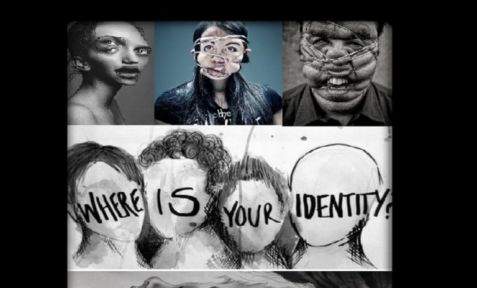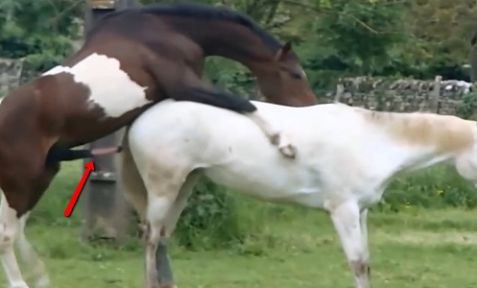SINOLOGY—Courses Topics
All courses are based on scientific research done by the Special Scientific Info-Analytical Laboratory—Catalog of Human Souls, which is engaged (since 1975) in decryption of ancient manuscripts, and among them discovered the Catalog of human population. Courses are intended for the general public (18 years of age and older), as well as for specialists and professionals. Contact us to request a live lecture, a webinar, etc. on any of the listed topics (complete list of topics is available here).
SET 1. SCIENTIFIC PSYCHOLOGY AND OTHER SCIENCES.
The Catalog of human population was found. The answer to the question “What is the “soul” (psyche) of a human and what is its structure?” was found since the Catalog of human population was discovered. The basis for cataloging biological type Homo sapiens is the discovery of existence of subtypes (subspecies) within this type (species). At the moment of birth, a person is not “a tabula rasa” (“a blank slate”)—he is born with a subtype program and three manipulation modes of correction of his psychophysiology and behavior. Manipulation modes can also be used to manage a person from the outside. Programs and manipulation modes of each subtype are endemic.
SECTION 2. SINOLOGY. THE ANCIENT CHINESE MANUSCRIPT SHAN HAI JING TURNED OUT TO BE THE CATALOG OF HUMAN POPULATION.
The main resource of knowledge about nature and structure of human psyche turned out to be the ancient Chinese manuscript Shan Hai Jing; the ancient treatise I Ching, Tao Te Ching and others turned out to be annotations for use of the Catalog of Mountains and Seas as the Catalog of human population.
1.2.1. The ancient Chinese manuscript Shan Hai Jing—myths or the structure of psyche?
1.2.2. Catalog of Mountains and Seas is the map of human psychophysiological structure.
1.2.3. Ancient Chinese manuscripts Shan Hai Jing, Tao Te Ching, I Ching and others turned out to be a series of books on the same topic.
1.2.4. Lao Tzu’s treatise Tao Te Ching turned out to be an annotation for the use of Shan Hai Jing as the Catalog of human population, I Ching and other ancient books.
1.2.5. “Dao is not empty”: incorrect translations and interpretations of Tao Te Ching make this treatise as a practical guide into an incomprehensible and useless text.
1.2.6. I Ching is not a book, but only the table of contents to a text, which was not found. I Ching as the system of files of an ancient computer.






